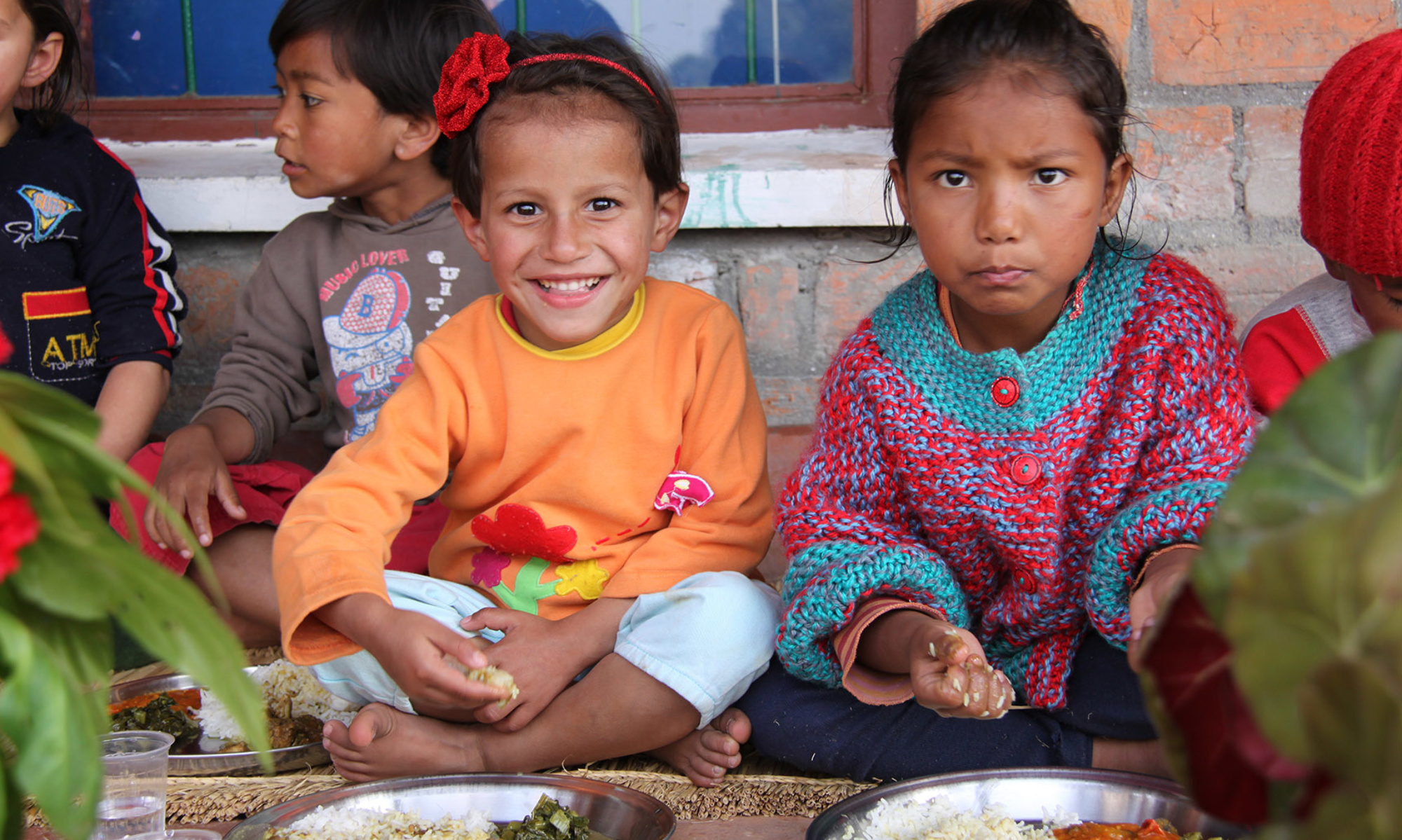Step by Step: Saipu-Ticino Educational Program by Strengthening and Empowering of People
The construction of the school in the village of Saipu (district of Ramechhap) became the first project that Kam For Sud overtook. It started in 1999 and has continued to evolve, reaching the objectives of the first phase (1999-2009) and defining new ones for the second phase (2010-2013) and the third phase (2014-2020).
Objectives, strategies and results of the first phase (1999-2009)
Since the beginning, the principal objective has been to grant access to education to all the children of Saipu and in particular to the children and students belonging to the lower castes. According to the initial estimations, the school should have welcomed around 200 students, separated into 7 classes. Also, additional teachers were employed as the Nepalese government could provide only two, with the long-term goal of progressively leaving the Nepalese government with the responsibility to pay all the necessary teachers. From the beginning, a fundamental aspect of the work strategy was the participation of the local population at all levels : from the definition and development of the project up to building the school and running it.
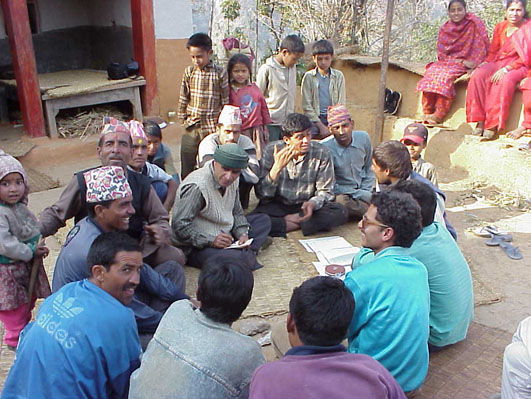
For the construction of the building, Kam For Sud worked in close collaboration with a local NGO called Ekikrit Gramin Bikash Manch, which has its headquarters in the same village. The latter has dealt with the acquisition of the land, handling of the construction site and the remuneration of the workers. Later a school management committee, made up of Saipu inhabitants of different castes and ethnic groups, was trained to employ additional teachers and to deal with the different aspects related to the good functioning of the school.
Except for some bags of concrete and a few other products, the school has been built from local material (stones and wood) and thanks to the work of many men of Saipu. This way, almost all the investment went to the village itself, allowing many families of emigrant workers to stay united for a whole year. The locally invested capital also permitted the development of a kind of micro-economy for the village.
The realization of flush toilets had the double purpose of putting toilets at disposal for the students, and to serve as model for the construction of similar structures in the village.

In april 2000, the new school of Saipu has been inaugurated, spacious, bright and equipped with toilets using running water. A small library with books in Nepali and in English is at disposal of the students, while a great meeting room and the school yard are used for meetings and common activities.
The school currently has 300 students and proposes a scholarship program until the tenth class (School Leaving Certificate); At least half of the students are girls. In 2009, the school has received a prize from the Nepalese government with two awards. The first one for the structural quality of the building and the second one for the high rate of female students, largely superior to the national average.
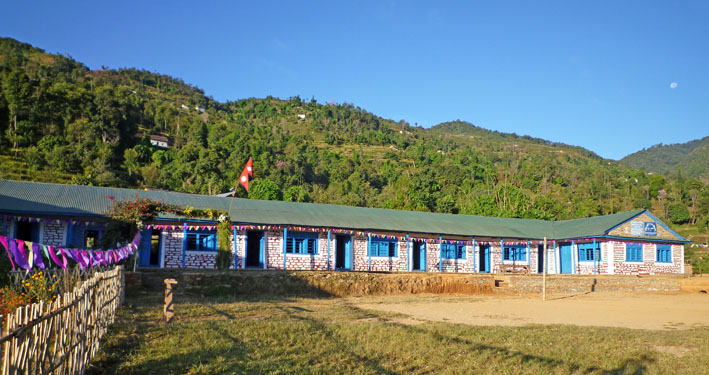
The transfer of the responsibilities to the Nepalese government
After the most difficult years of the civil conflict (2002-2006), the negotiations with the Nepalese government for the transfer of the responsibilities of the salaries of the teachers could carry on. While initially the Nepalese government was financing 2 of the 9 teachers (the rest were financed by Kam For Sud), in 2009 the financing was shared equally between the two parts. With the second part of the project, initiated in 2010, the government was taking care of the salary of 9 teachers, alongside the 6 financed by Kam For Sud.
The objective, regarding the transfer of the responsibilities to the government, was to let the school become completely independent from 2020 on.
Objectives, strategy and results of the second phase of the project (2010-2013).
The second phase of the project was focused on the consolidation of the school activities in Saipu (coverage of the salaries of a part of the teachers), the extension of the didactic area and on the improvement of the teaching quality thanks to a didactic program for the teachers.
Extension of the spaces
After a first – simple – extension of the didactic spaces that occurred in 2006 because of the increase of the registered students, in 2010, it was necessary to increase afterwards the number of available classrooms, considering the progressive augmentation of the level of the school.
The new building is composed of four more classrooms and was financed by Kam For Sud and the Nepalese government (50% each, total sum of 30’000 CHF), while the land was provided by the municipality of Saipu.
The construction performed according to the new government norms (antiseismic), this is, with an important metal structure.
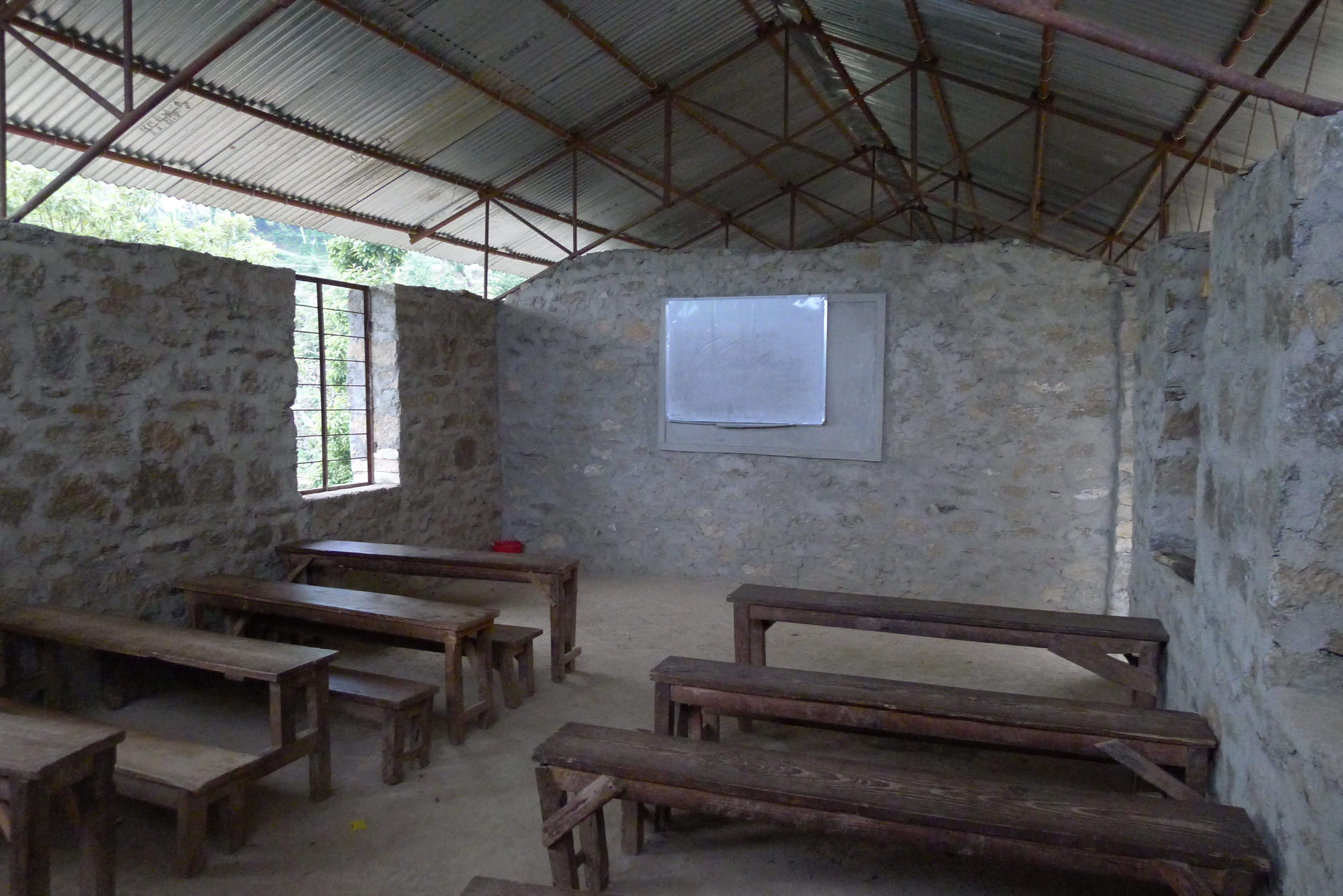
Didactic support to the teachers
Despite a good general working of the school, we observed that the teaching method presented aspects that were objectively shortcoming : it is a general problem that doesn’t only concern Saipu but all of Nepal (and many other poor countries of the world). Teaching is generally based on the “by heart repetition” and not on the real understanding, nor on the autonomous research of solutions. The mind of the children is not stimulated to think, but rather to copy and to repeat. For sure, brilliant students can get by anyway, but most of the kids see the school as a huge memory exercise : from mathematics to language courses, from sciences to history, everything is recited by heart and they just learn to react automatically to a determined stimuli (the question).
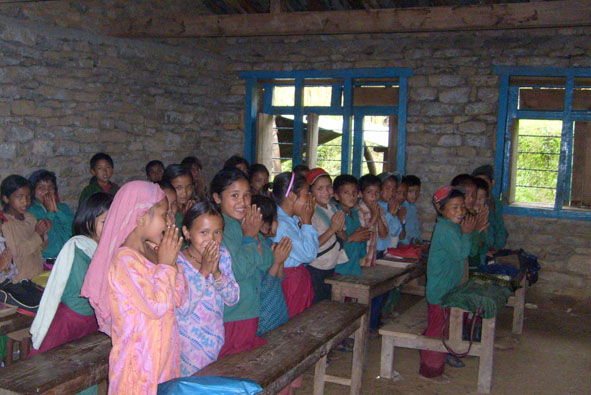
To try to enrich the teaching experience of Saipu’s teachers, some volunteers spent variable periods 1-2 months in the village between 1999 and 2007, with the aim of stimulating teachers’ curiosity towards new teaching techniques and improving the capacity of the students to look for autonomous solutions. However, experience has convinced us that a short-term stay, albeit appreciated, can not leave a mark that generates a real improvement.
In 2009 Kam For Sud thus decided, in agreement with the school management committee, to try to propose an educational accompaniment to Saipu’s teachers with greater impact : only from professionals in the field of education that would work with the local teachers for a longer time. Objective : propose modern teaching and awake new potentials in the knowledge transmission dynamics at school. A first experiment, conducted by a young teacher from Ticino, who was working at Saipu for six month between 2009 and 2010 permitted to validate the proposition and consequently to launch a three-year didactic program for the second phase. The program was carried out by several Swiss teachers, some volunteers and civilians who stayed six months each in Saipu.
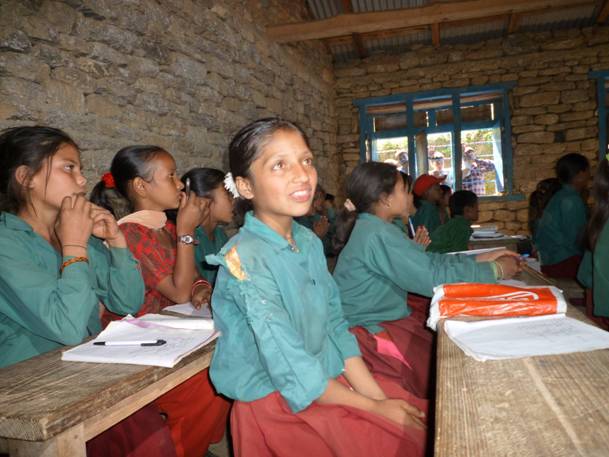
General objectives of the didactic program 2011-2013
Improve the teaching method and the quality of the learning in the school of Saipu. Increase the creativity, the participation and the self-esteem of the children and of the teachers.
Specific objectives
- Develop the interactive teaching capabilities of the teachers.
- Increase the participation of the students in the learning process.
- Improve the inference capability of the students.
- Enrich the expressive and creative capacity of teachers and students.
- Raise awareness of the families on the importance of scholar education of the children.
- Document with video clips the work done for a future dissemination in other schools of the country.
In addition to the specific objectives concerning the school of Saipu, Kam For Sud has also thought to produce a video document in Nepali language that bears witness to the work done at Saipu. The film, containing ideas, proposals and practical examples for the improvement of teaching in schools in Nepal, will later be disseminated in other schools in the country to serve as a source of inspiration for other teachers and perhaps also as stimulus for the Nepalese department of education in the development of an educational training program, mandatory for all teachers. The film is expected to be broadcasted during phase 3 of the project.
Methodology
Each Swiss teacher have collaborated for six month with the Nepalese colleagues, defining together in details the methods and instruments most appropriated to achieve the objectives mentioned above, considering their own aptitudes and talents and using the following general techniques :
- Seminars/group discussions with the teachers with the goal of developing the capabilities of self observation and self criticism of the teachers, as well as an interest for the new didactic techniques.
- individual accompaniment of teachers to help with specific needs;
- Practical example of lessons that allow the teachers to become external observants for once, and that are useful for analysis and discussion.
- Preparation of activities that can be presented to the parents and to the community.
For greater details, an intermediate report (2011) is available here.
The movie (docu-fiction in Nepali) meant to be distributed in Nepal for use by the teachers is visible here.
Phase 3 (2014-2020)
Phase 3 is the final phase of this project. It initially included the dissemination of the educational program to other schools in Nepal and the progressive transfer of salaries to the Nepalese government, until a complete exit of scene by Kam For Sud in spring 2020. The earthquake of 2015, which destroyed the schools and 85% of the village houses naturally disrupted the plans. Thanks to the strong financial support received, Kam For Sud has worked toward the reconstruction the village of Saipu, including the latter and a second school. For further details, see “Saipu Reconstruction Project” and the annual reports starting from the “special earthquake” of 2015.
The diffusion of the didactic movie for use by the teachers, in Nepali, has been mountainously suspended because of the disaster, but will be re-launched as soon as the conditions will allow it.
The transfer of teachers’ salaries to the responsibility of the government has however remained unchanged and will proceed as planned in 2020.
